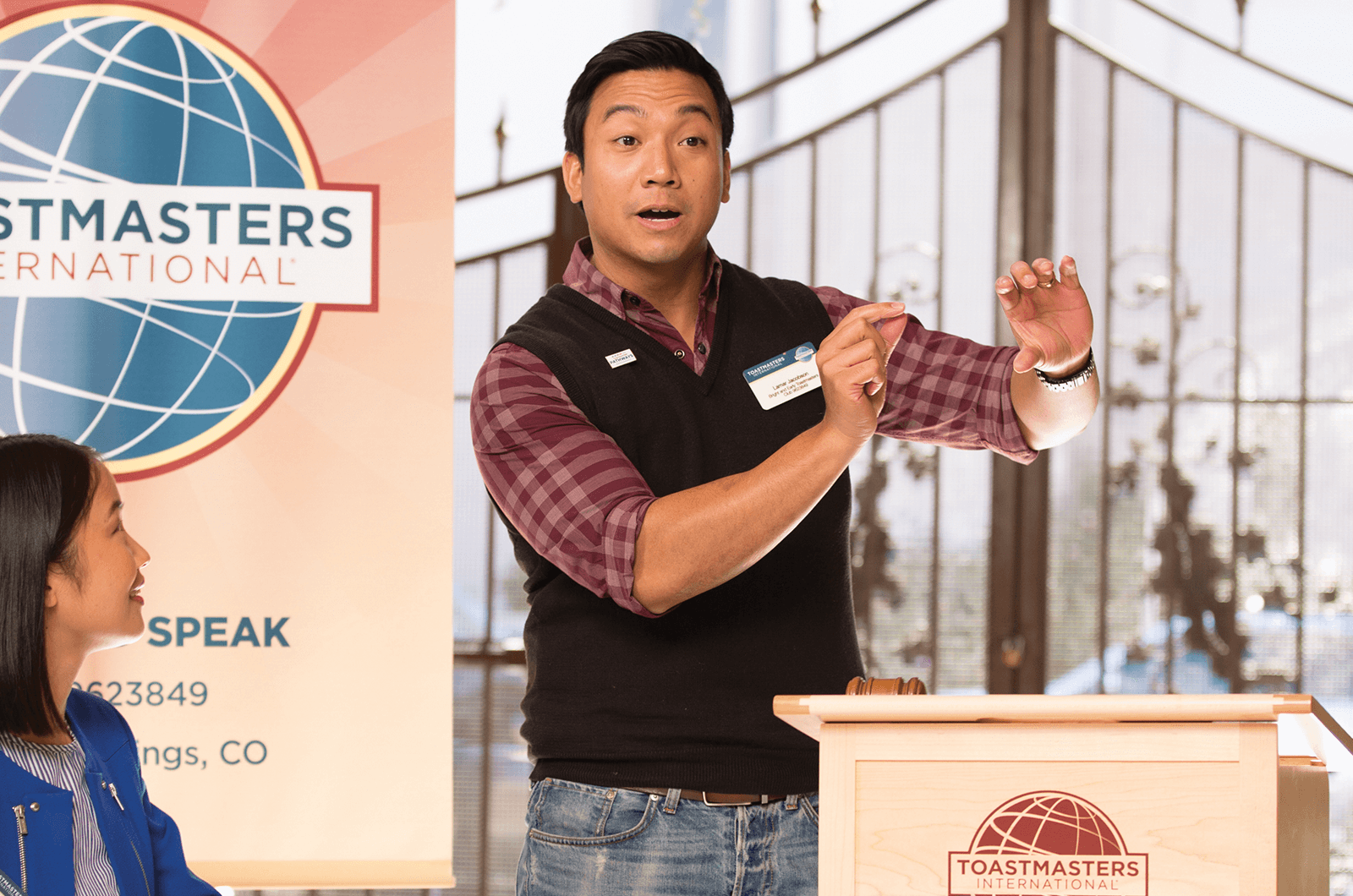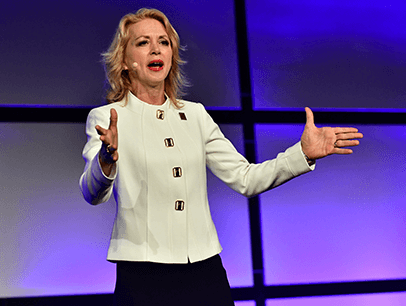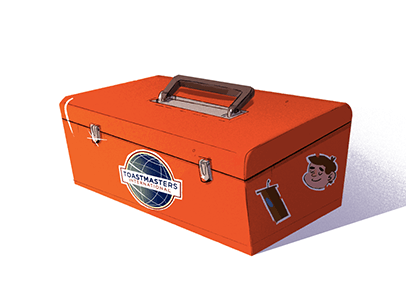
Do you remember learning gestures to a rhyme or song as a child, to help you remember the words? Children recall words much better when meaningful gestures are paired with words. But using gestures as a mnemonic device isn’t just for children! Using gestures when speaking isn’t just a way to engage your audience and help them remember your content, either. Gestures help you, the speaker, learn, remember and articulate your speech.
Numerous studies have shown that using gestures can help people both encode memories and retrieve them. Research suggests that gesturing may free up working memory resources for speaking.
Two Types of Gestures
There are two main types of gestures: beat gestures (simple, non-meaningful movements produced with the rhythm of the speech, such as a hand flip with an open palm) and iconic gestures (meaningful gestures, like a wave meant as a hello). For adults, both types of gestures aid recall.
Spontaneous, unplanned beat gestures can enhance your language production, facilitating more articulate speech. This may explain why so many people gesture while speaking on the phone. It’s obviously not for the benefit of the person on the other end! Spontaneous gestures may also help you access the elusive “tip-of-the-tongue” words and memories. Gesturing seems to help pull the thought from your memory.
Meaningful, iconic gestures are what most people think of when they think of gesturing, or body language. The list of iconic gestures is long but includes the thumbs-up and the OK sign, for example. A word of caution about cross-cultural gesturing: Check the meaning of your gestures when speaking in a different culture. For example, the thumbs-up gesture, used in many countries to signify a job well done, is considered childish or obscene in other countries. The appropriate frequency, magnitude and type of gesture may also change depending on the culture or situation. The theatrical gestures of a winning contest speech may be inappropriate in a business presentation.
“Research suggests that gesturing may free up working memory resources for speaking.”
When creating your speeches, look for opportunities to incorporate iconic gestures to help you and your audience remember your content.
Here are some ways to incorporate gesturing into your presentations as a memory device:
1 Train yourself to gesture more.
Prod yourself in your speech notes to gesture, either with specific, meaningful gestures or planned, “spontaneous” gestures. This will seem awkward at first, but you don’t have to add all the gestures you try to your repertoire.
2 Learn from the pros.
Watch a few World Championship of Public Speaking speeches or popular speeches online, focusing specifically on the speakers’ body language. Get some new ideas to try.
3 Create a gesture for each main point.
Experiment with having a specific gesture for each of your speech points. See for yourself if doing so helps with recall.
4 Observe yourself in action.
Record yourself practicing and watch for what looks natural and what doesn’t. Gestures, even if planned, must flow naturally as you speak. If you script and choreograph your gestures too much, you may forget your speech and look or sound unnatural. Conversely, some spontaneous gestures may be too repetitive, such as continually slicing the air. Keep in mind that you may need to adjust the size/type of gestures to the audience or venue size (bigger audiences need bigger gestures).
5 Have a dress rehearsal.
Practice your speech as you plan to give it, including all gestures you hope to use during your presentation. The words and the movements will be encoded in your memory, making recall easier.
Gesture for your audience and for yourself. Your body language can not only help your audience understand and remember your message; it can also help you remember your content and speak more fluently.
Go ahead, talk with your hands!
Diane Windingland, DTM is a presentation coach from Spring, Texas, and a member of three clubs: Frankly Speaking Toastmasters in Spring, Texas, and PowerTalk Toastmasters and Readership Toastmasters, both in Minnesota. Learn more at virtualspeechcoach.com.



 Previous
Previous
 Previous Article
Previous Article

